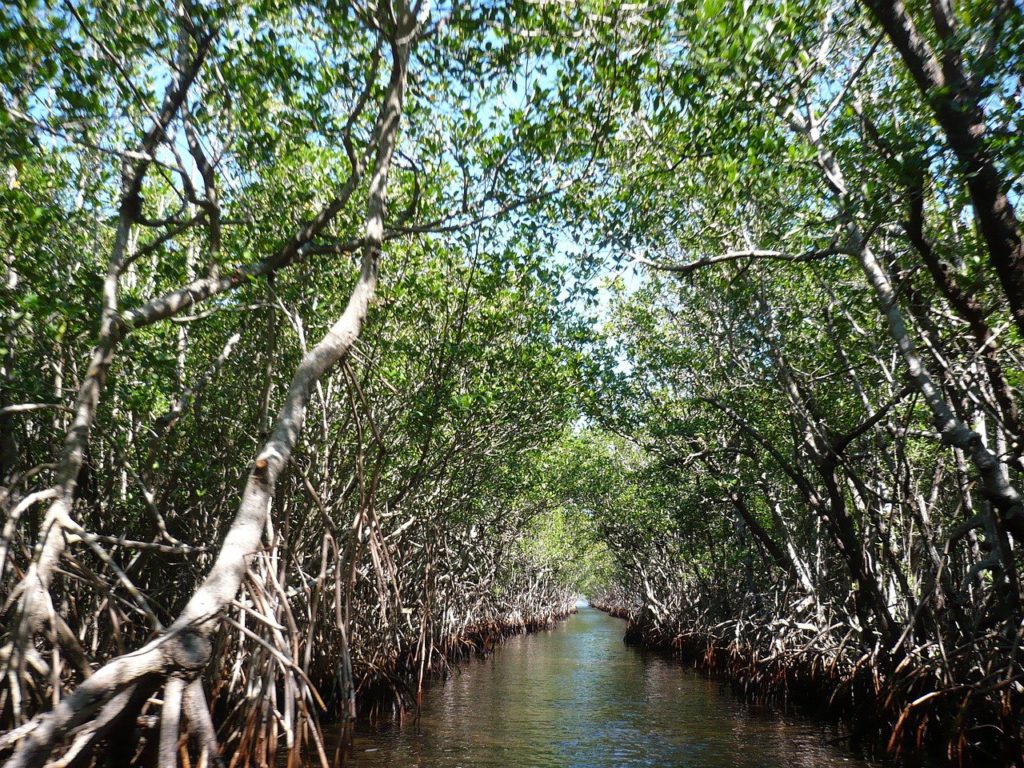The importance of rehabilitating mangroves for ‘blue carbon’
26 JULY 2022 – Every year over the past two decades, Indonesia has been losing 13,000 hectares of mangroves, which is an amount larger than the city of Paris.
Spanning about 3.4 million hectares in total, Indonesia’s mangroves account for over 20 percent globally and cover 40 of the 54 true mangrove species—currently recorded as the richest diversity in the world. This amount of mangroves is capable of storing 3.14 billion tonnes of CO2 (commonly referred to as ‘blue carbon’) or equivalent to capturing greenhouse gas (GHG) emissions from around 2.5 billion passenger vehicles driven for one year.
Mangroves are also a key component of ecosystems in coastal communities, providing important sources of food as well as income. About fifty-five percent of the total fish catch biomass in Indonesia consists of mangrove-dependent species, the total annual production of which is valued at USD825 million.
Top-down initiative
To support the government of Indonesia in strengthening the management of mangroves and protecting the livelihoods of local communities that depend on them, the World Bank is embarking on the Mangroves for Coastal Resilience Project. Announced in May 2022, it aims to strengthen the policy and institutions for mangrove management and rehabilitation, promote sustainable mangrove management and improve opportunities for Indonesian coastal communities living around mangrove forests.
The project is designed to align with the government’s National Mangrove Rehabilitation programme that aims to rehabilitate 600,000 hectares of mangroves by 2024. Initially focused on four provinces that contain a significant portion of existing and degraded mangroves areas, namely East Kalimantan, North Kalimantan, North Sumatra and Riau, the integrated conservation, rehabilitation and livelihood improvement model can be replicated throughout the country.
“Conservation of Indonesia’s healthy mangroves ecosystems and targeted rehabilitation using global best practices brings significant economic returns to the country in the forms of coastal resilience, fisheries productivity, tourism potential and climate mitigation,” stated Satu Kahkonen, World Bank Country Director for Indonesia and Timor-Leste.
“By integrating sustainable resource management into village-level planning and increasing the role of women in mangrove management and village leadership, we expect to witness increased mangrove cover and reduce mangrove loss.”
Read more related stories:
Recognition of indigenous territories for Nature preservation


Coastal Protection Strategy Team launched to improve Singapore’s flood resiliency


